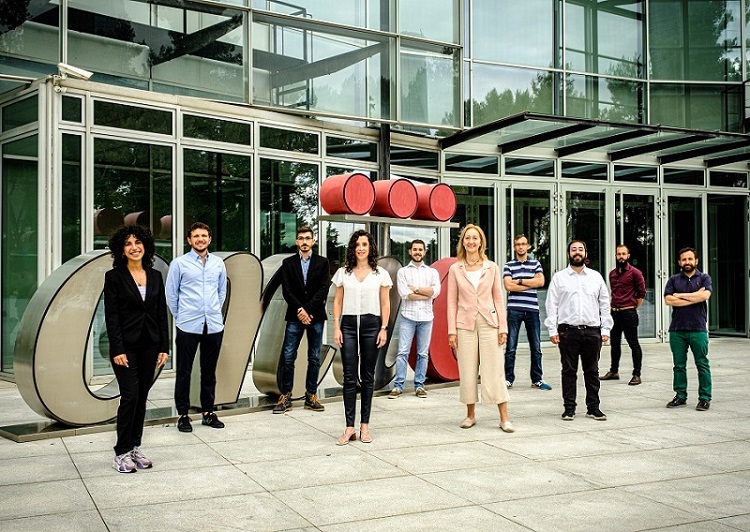A CNIC project receives funding from the ”la Caixa” Foundation to investigate a type of fatal tachycardia
The research team led by project leader Dr Silvia Priori is confident that the discovery of new therapies will reduce the mortality linked to this disease and could also reduce arrhythmias in heart failure patients
”La Caixa” Foundation has awarded funding to the project ‘Relation between triadin loss and cardiac proteostasis in catecholaminergic polymorphic ventricular tachycardia type 5’, which is coordinated by Dr Silvia Priori, leader of the CNIC Molecular Cardiology group, cardiologist at the Istituti Clinici Scientifici Maugeri de Pavia, and Professor at the University of Pavia (Italy). The project was selected in the fourth CaixaResearch Health Call and will receive funding of €496 100.
Dr Priori’s team seeks to advance knowledge of and develop potential treatments for catecholaminergic polymorphic ventricular tachycardia (CPVT), a rare heart condition that causes death from arrhythmias in children and young adults.
This international project will study the genetic variant 5 of CPVT (CPVT5), caused by a reduction in the amounts the cardiac protein triadin (TRDN). TRDN levels are also reduced in heart failure, a disease that affects millions of people.
“Our project will advance knowledge about CPVT5, which is caused by mutations that induce the loss of TRDN, a sarcoplasmic reticulum junction (jSR) protein that is a constituent of the macromolecular ryanodine receptor (RyR2),” said Dr Priori.
CPVT5 has a recessive inheritance pattern and is highly lethal in children. There is currently no therapy able to prevent premature death from this condition.
“Our preliminary data show that the absence of TRDN triggers the upregulation or downregulation of several proteins and leads to alterations to mitochondria,” explained Dr Priori.
.

The team postulates that arrhythmias in CPVT5 are not simply the result of anomalous calcium handling, but arise from the dysregulation of other pathways that the project will seek to identify.
A key project aim is to identify new therapeutic targets and to test whether their modulation is able to reduce the impact of the arrhythmias.
“By discovering new therapeutic targets, our research promises to reduce the mortality associated with CPVT5 and could also help to mitigate arrhythmias in heart failure,” said Dr Priori.
The researchers believe that by studying models of CPVT5 they will “identify new disease mechanisms and relevant therapeutic approaches for patients with CPVT5 and the enormous population affected by heart failure.











